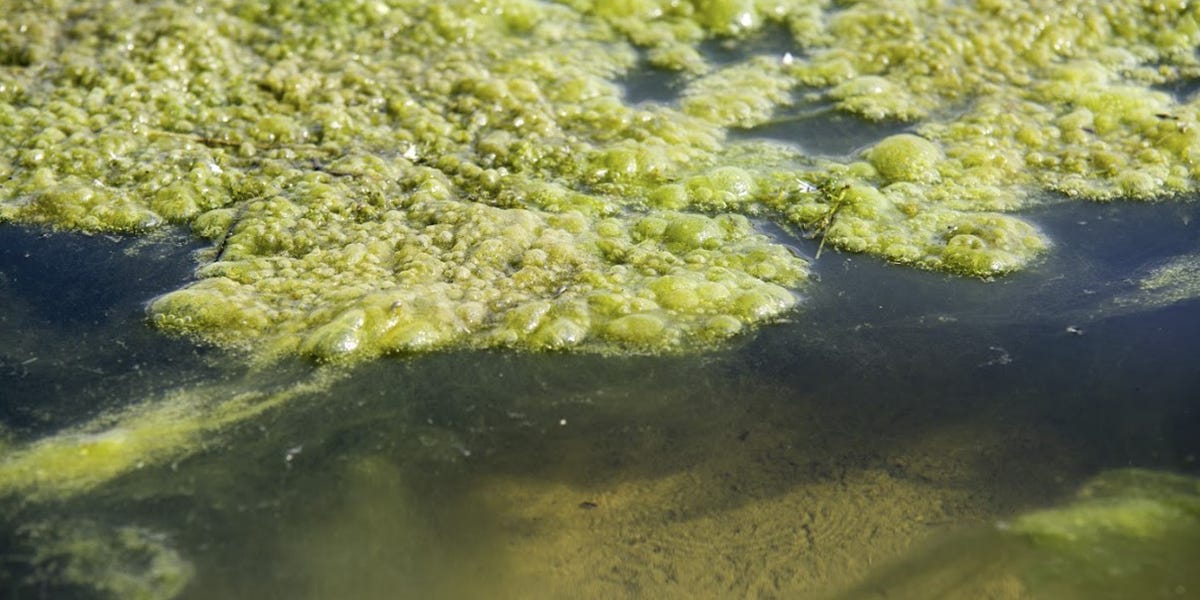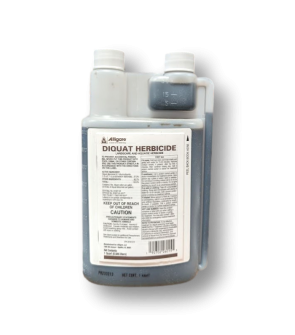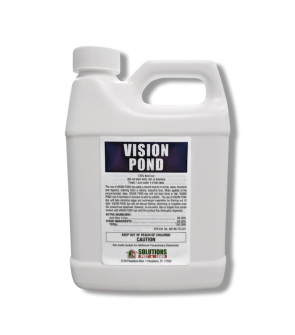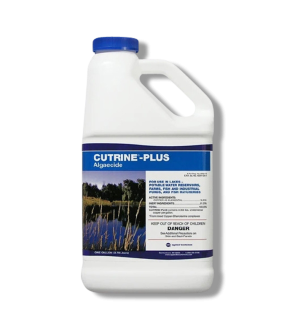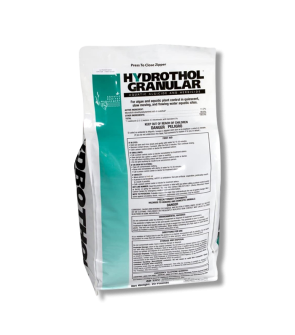Gain access to personalized product screening, the best pricing, rewards, and more!
Most Effective Products
Pithophora Algae Control: How To Get Rid of Pithophora Algae
Stubborn pond algae can ugly up a body of water quickly and can ruin recreation when all that muck is floating around. One such nightmare algae that plagues ponds and lakes is Pithophora Algae, also commonly known as horsehair algae, thread algae, or cotton call algae.
Pithophora Algae has irregular branched out threads from a single attachment and looks similar to hair or wool with its long, thick strands. Pithophora can become problematic especially if your pond or lakeside has high amounts in iron since it thrives in those conditions. Pithophora algae is most prevalent during the summer months when it creates thick dense mats on water surfaces and becomes an obstacle to fishing and recreational water activities.
By following our easy DIY guide below, you can get the help you need to eliminate this pesky algae with our high-quality algaecide products. Check out our Pithophora Algae control guide below to learn more about the organism and how to treat it.
Identification

Pithophora Algae belongs to the green filamentous algae family and can be found growing on the bottom of ponds or in dense mats floating on the surface. If you were to put these algae under a microscope, you would see that Pithophora Algae has filaments with akinetes, which are reproductive cells similar to spores. They appear lime green or dark green with a hint of brown.
These spores are found on the waters surface due to the buoyancy brought about by the gas bubbles which produce as they grow. When it rains heavy, you may think that the algae have disappeared but they merely would just sink to the bottom and would reappear on the surface after a few days. Pithophora Algae is often described as resembling a tangled mass of cotton or wool-like growth which feels very coarse when touched.
Use the following description and the corresponding image to help you to identify your algae as filamentous algae. If you need more help, contact us and we will help you to identify the algae you have.
Inspection

Where to Inspect
Prior to chemical treatment, a careful inspection and analysis of the body of water should be done. Take into account the fishes and aquatic life that use the body of water as a habitat as well as the other vegetation in the water that is desirable and vital to the ecosystem before applying chemicals.
What to Look For
Pithophora Algae starts growing at the bottom of a water body or on top of rocks or other plants. The filaments then float to the surface and bunch up and look like dense mats of horsehair, which is a nickname that the algae has. If you have a particularly large amount of algae growth, they should be quite obvious to spot as they will be in thick clumps on the water surface.
Treatment
Before handling any chemicals it is vital that you first put on the proper PPE for safety(gloves, glasses, mask). Our top recommended products to treat algae with a mixture of Diquat Herbicide and Cutrine Plus. These products have both shown excellent results in killing algae and are our go-to options we suggest to customers with algae problems.
Step 1 - Apply Cutrine Plus Algaecide and Diquat Herbicide
Cutrine Plus is a copper-based Algaecide and herbicide that is labeled to control different algae. It is easy to mix and can be used as a surface spray to kill present algae. Diquat Herbicide is an aquatic herbicide that is effective in suppressing Pithophora Algae. It is recommended to use them both together for best control results
Before mixing, you will need to determine the size of the pond in acre-feet to see how much Cutrine Plus you need to apply.
The label contains a formula to follow to determine the acre-feet (Length (ft.) x Width (ft.) x Average Depth (ft.) / 43,560 = Acre-feet). For typical algae applications, 1 gallon of Cutrine Plus can treat 1.5 acre-feet of water. You should also add in 0.5 to 2.0 gallons of Diqat Herbicide per acre. So for example, if you have a 6-acre pond, you would need 4 gallons of Cutrine Plus and 2 to 12 gallons of Diquat herbicide (use the higher rate for severe infestation).
The best time to apply is when temperatures are above 60 degrees Fahrenheit. Use a fan spray nozzle to ensure an even coating on the water surface.
Step 2 - Follow Up Application
If the pond is heavily infested with Pithophora Algae, it may be necessary to treat the pond or lake in sections and let each section decompose for about two weeks before treating another section. Aeration, particularly at night, for several days after treatment may help control the oxygen depletion. Algae reproduce rapidly, and it is common not to get season-long control with algaecides.
Prevention
To discourage algae from re-surfacing on your pond, we recommend applying Vision Pond Dye. Vision Pond Dye hinders plant development by blocking sunlight into the water and also gives your pond a clean blue color.
Measure the appropriate amount of Vision Pond Dye into a bucket based on your pond area measurement findings. The label recommends applying at a rate of 1 quart per 1 surface acre of water at a 5-foot average depth.
Pour the pond dye over the edge directly into the body of water and the water's natural movement will disperse the dye.
Key Takeaways
- Pithophora Algae are plant cells that form hair-like mats on the surfaces of ponds and other water bodies.
- A combination of Diquat Herbicide and Cutrine Plus has proven to work best against Pithophora algae and will kill the weed quickly.
- Applying Vision Pond Dye after a herbicide application works as a great preventative measure that hinders algae growth and improves the look of your pond.






